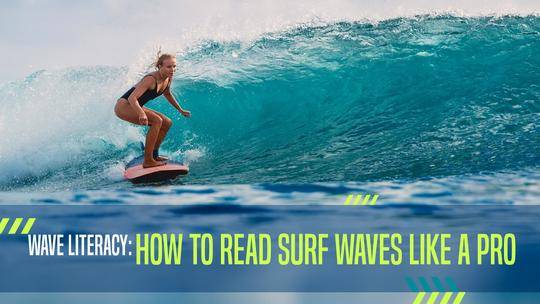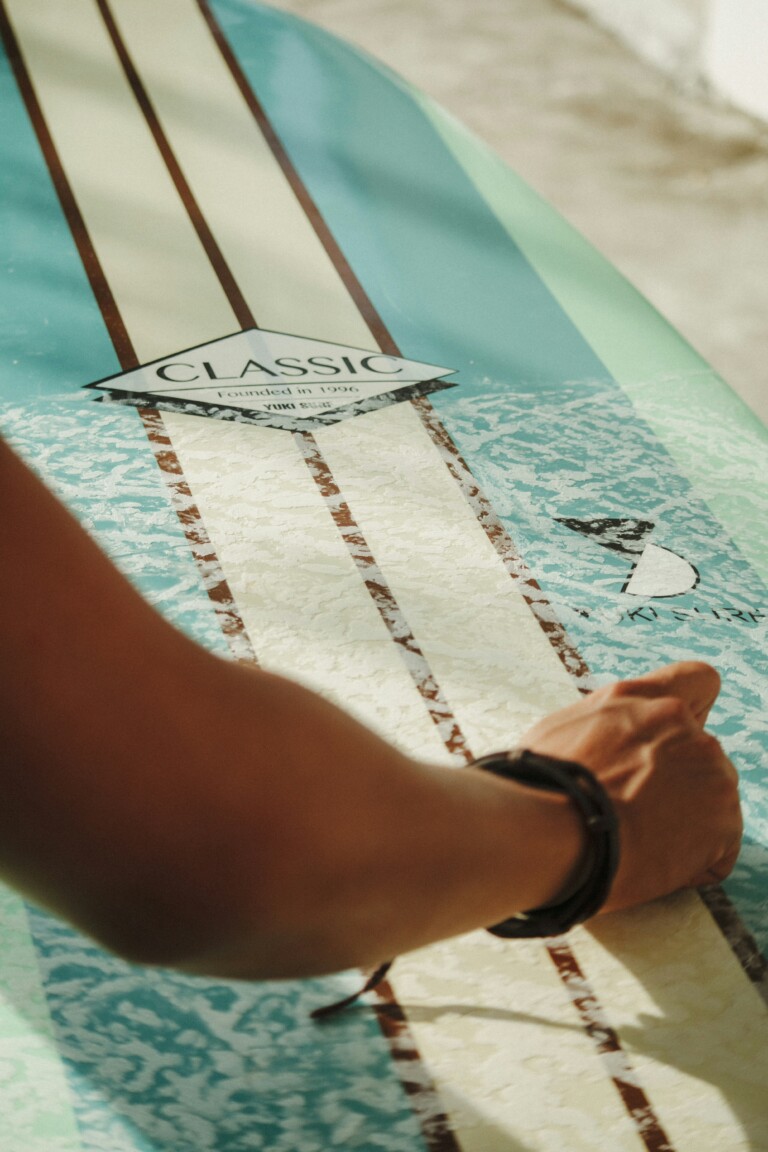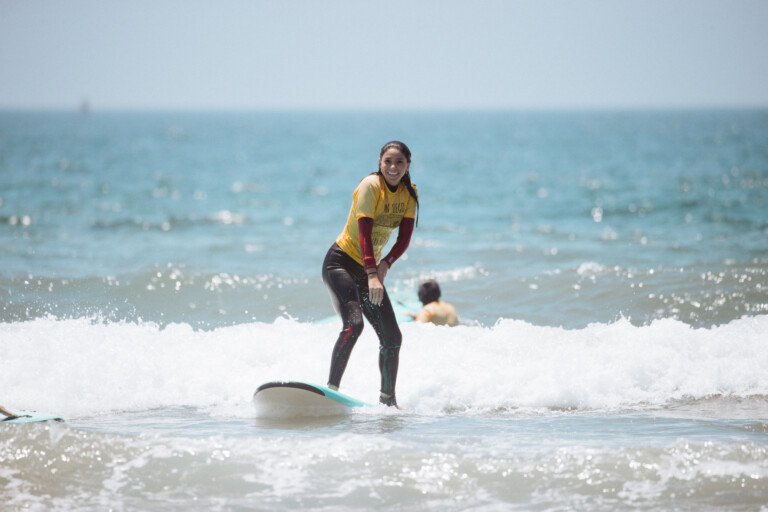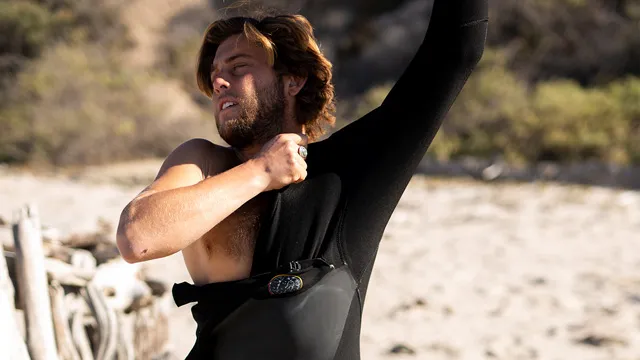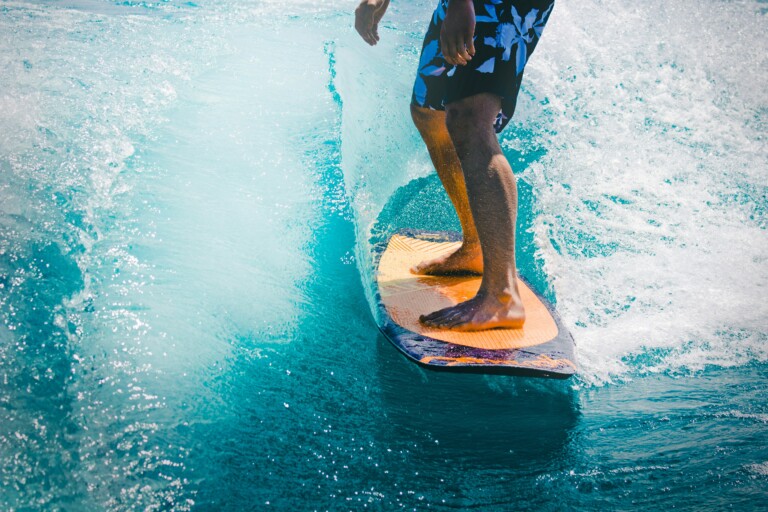Surfing is more popular than ever! The number of surfers in the U.S. has increased by over 40 percent over the past 15 years.
But, it takes more than grabbing a surfboard and taking to the waves to make you a great surfer.
If you want to be a great surfer, you need to know how to read the surf waves. Learn more about how to improve your wave literacy in the blog below. Let’s go!
SOOTHSAYING SWELLS
1. STAND BACK AND ANALYZE
During your warm-up on the edge of the water, stand back and analyze the waves for a while.
Consider whether your surfing ability matches the waves on offer today.
You’re going to spot some waves which are too big, while others are too fast for you to handle. It’s important to know your limits while also challenging yourself to improve.
The trick is to pick out the waves which break off consistently. Identify where you can get the longest and most thrilling ride, and go for these.
2. KNOW THE LOCATION
You need to know the best surf spots where you are.
You can’t enjoy the waves if you don’t know the conditions of your location before catching a wave. You can start by checking online before you can learn a lot by simple observation.
THERE ARE SEVERAL FACTORS YOU NEED TO CONSIDER, WHICH INCLUDE:
- Tide
- Swell Direction
- Wave heights
- Wind speed
- Wind direction
Once you know the conditions, you can judge the best spot to surf.
For example, you’ll learn that when the swell direction is coming from the south, then you’ll find the best waves from low tide. If the swell comes from the north, then you want to go high tide.
3. SURFER WATCHING
Reading the waves is much easier if there is already a surfer on the water. You can learn a lot from your fellow surfers.
What kind of boards are they riding? Where do they take off? How often do they paddle before the waves arrive?
Be careful you don’t pick up bad habits by watching the wrong surfers. Spot the experienced pro surfers to see how to do it.
4. EYES ON THE HORIZON
You should always watch the horizon while you’re reading the waves. If you see a bump appear on the horizon, you know a wave is heading your direction.
You need to be continually checking the horizon to see what’s coming while also moving your board and body for the best takeoff position.
5. ANTICIPATE THE BEST SURF WAVES
You always need to be on the look-out for the pocket of the wave. That is the breaking point which gives you to the best spot to take off.
If you’re too much inside the wave, then you’re not going to be able to break off. Whereas, if you’re too far off the shoulder of the wave, then you won’t be able to take advantage of the power of wave enough.
LEARN MORE ABOUT HOW TO SURF
There is only so much you can learn about how to surf waves from reading blogs. After a while, it’s time to get out there on the water.
You can learn a lot more at San Diego Surfing School. Get in touch with us today to find out about our lessons.











